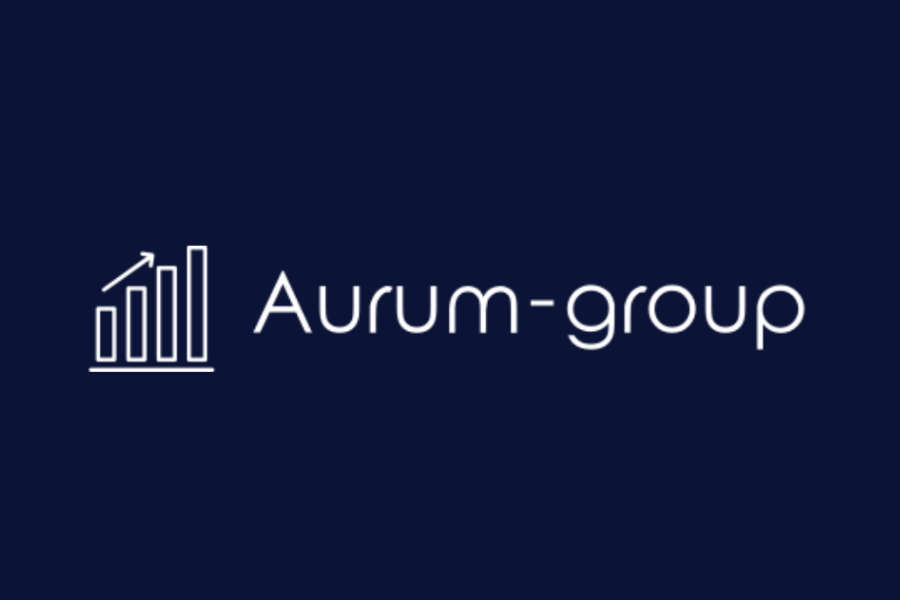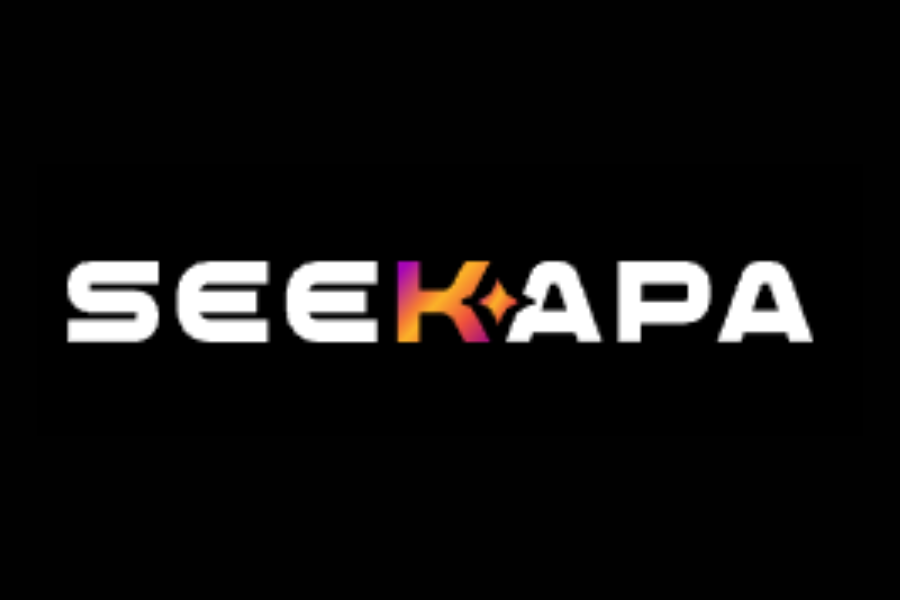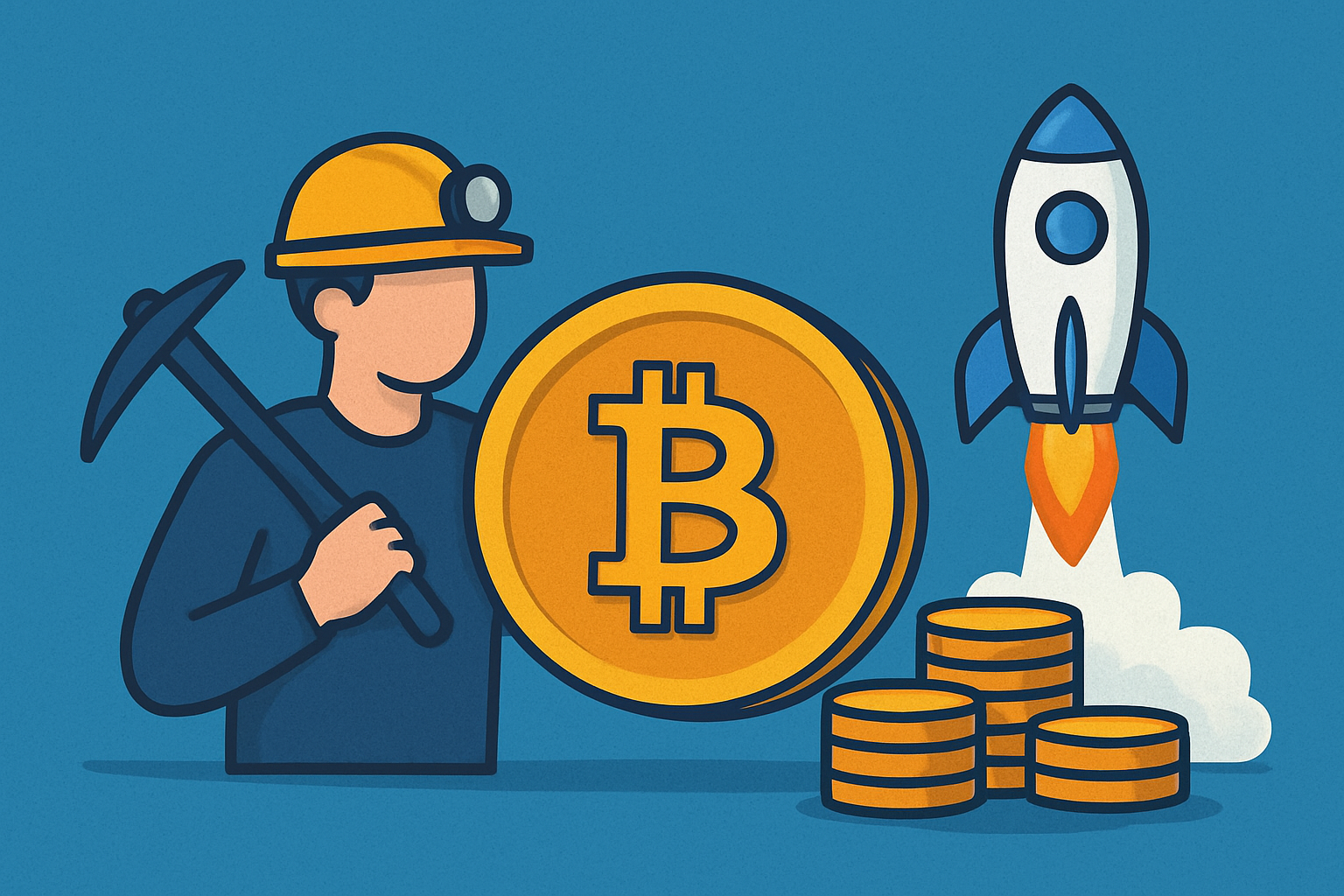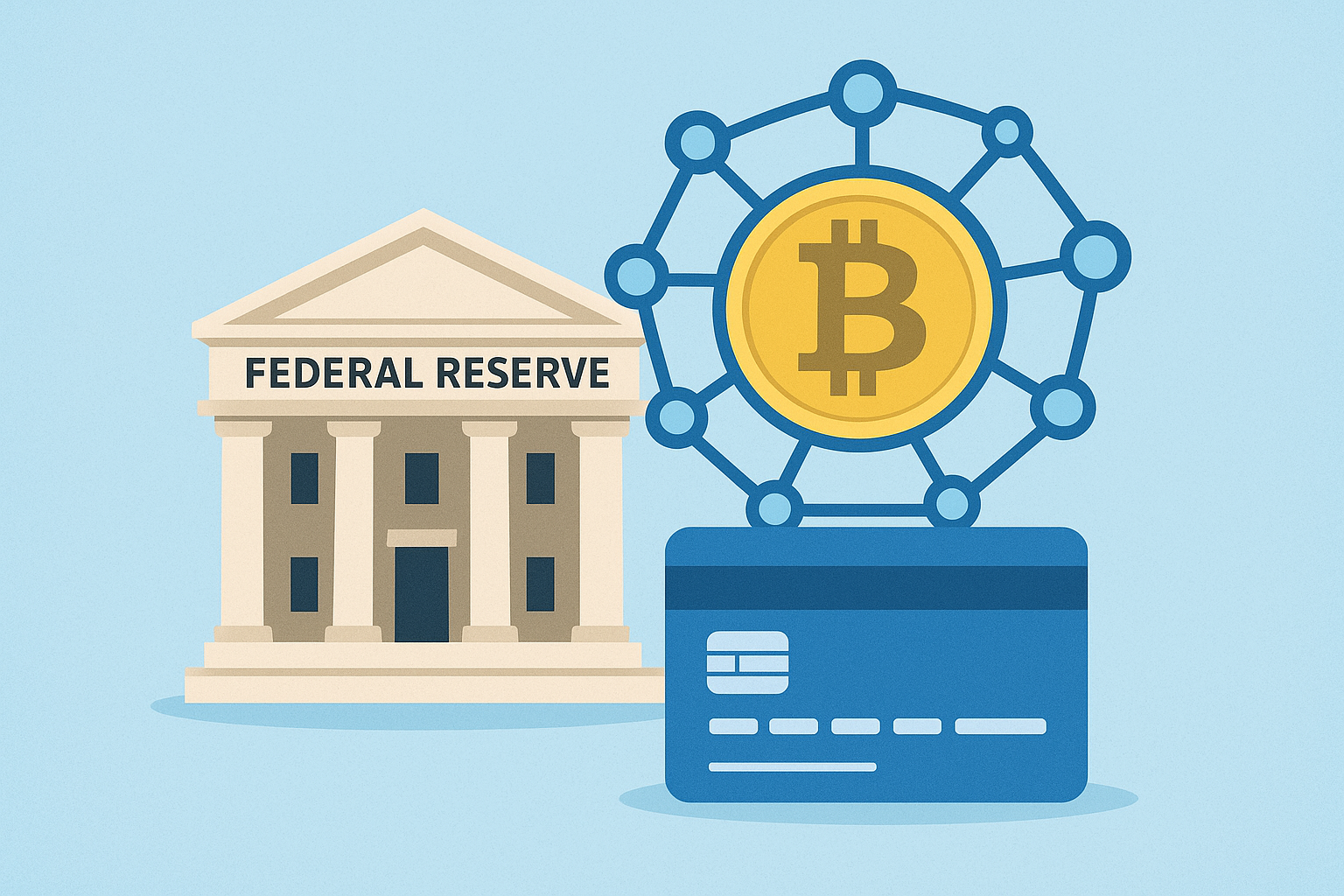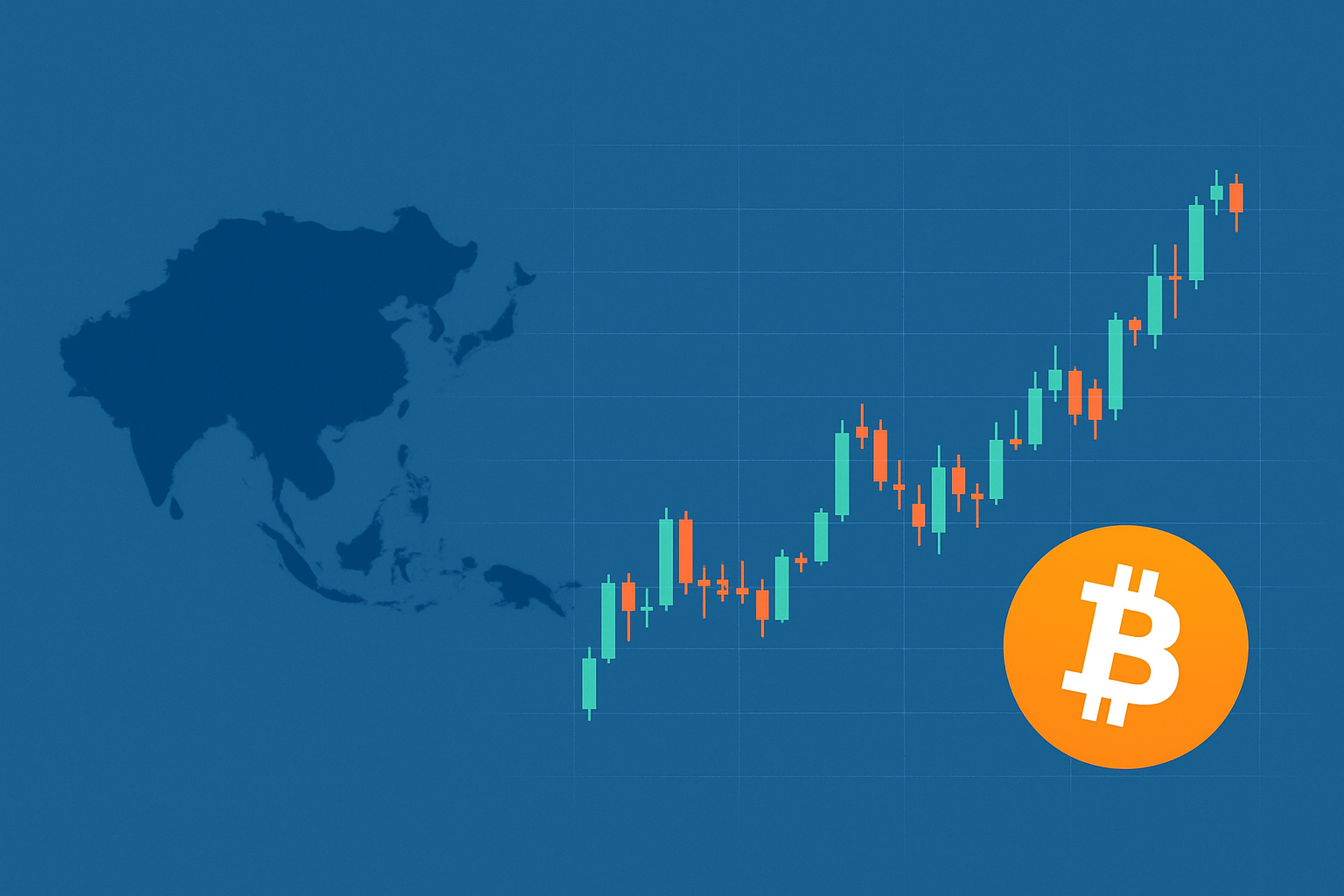Altcoin News
The Next Frontier In Altcoin Investment: Gaming, Real World Assets And AI
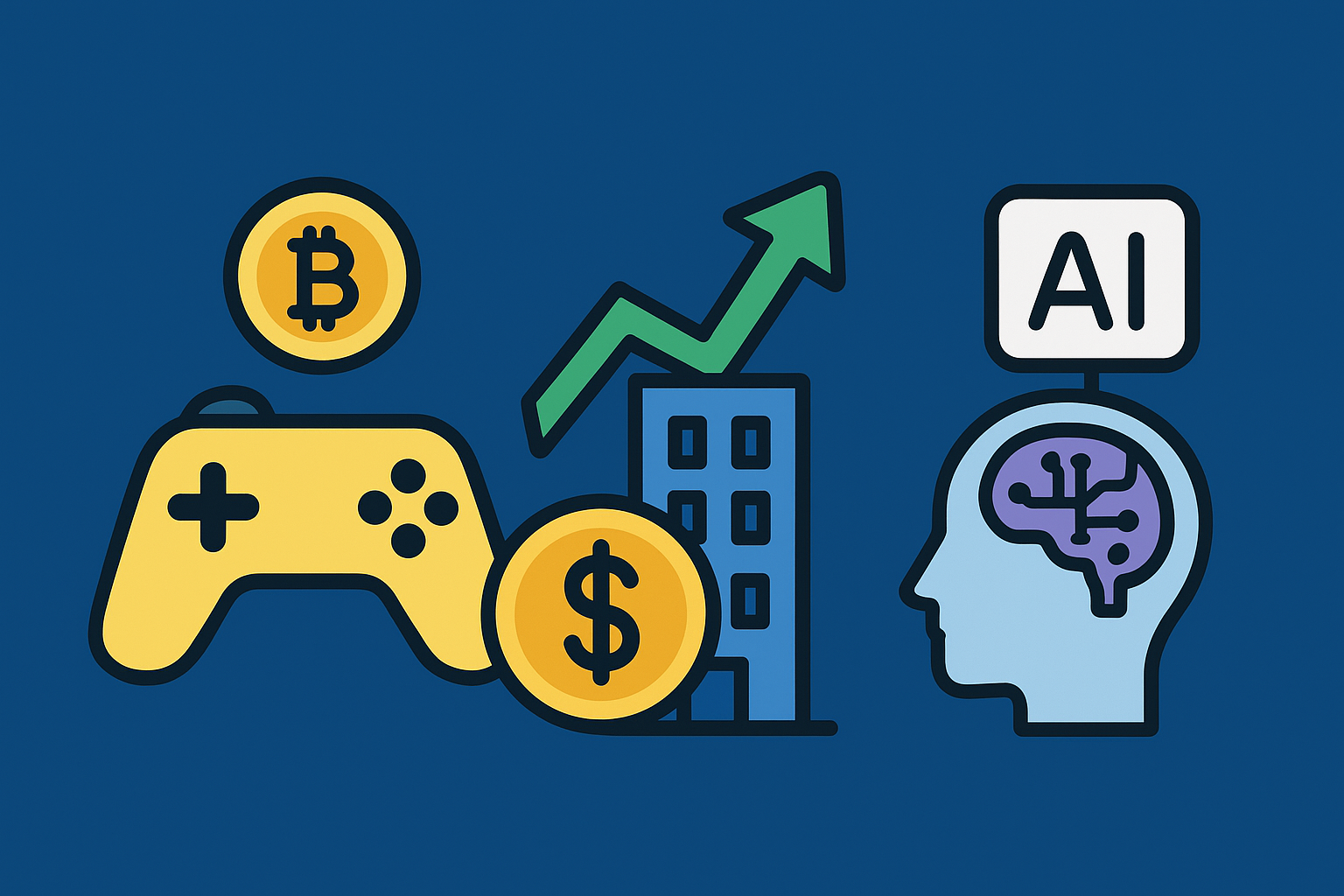
Introduction
The cryptocurrency landscape in late 2025 is entering a defining phase. The speculative frenzy of meme tokens and hype-driven projects is giving way to a new narrative centered on utility, innovation, and real-world application. Altcoin investors are shifting their focus toward digital assets that serve a purpose beyond price speculation. The emerging trends of blockchain gaming, tokenization of real-world assets, and the integration of artificial intelligence represent the core of this transformation.
This shift is structural rather than cyclical. As institutional capital enters the market and regulatory frameworks mature, altcoins are evolving into functional building blocks of a larger digital economy. Investors are now analyzing projects not just by short-term price movements but by their contribution to technology, user engagement, and cross-industry integration.
Market Impact And Global Shift
The altcoin market has endured turbulence throughout the past two years. Many tokens have lost more than half their previous valuations. Yet within this decline, a foundation for long-term growth is emerging. Altcoins with clear technological fundamentals are starting to separate themselves from those fueled purely by hype.
Macro and Market Dynamics
Global macroeconomic conditions remain crucial to crypto performance. As major economies adjust interest rates and liquidity conditions, investors are becoming more willing to take risks in alternative assets. Bitcoin dominance, which measures Bitcoin’s share of the total crypto market capitalization, is stabilizing, signaling a potential shift of capital into promising altcoins.
This shift does not necessarily herald an immediate “altcoin season,” but it reflects growing investor confidence that certain sectors—particularly those tied to real utility—may outperform in the next market cycle.
Gaming And GameFi: Building Beyond Play To Earn
The gaming sector, often called GameFi within crypto, has experienced one of the most dramatic transformations in digital asset history. After a surge of play-to-earn projects that collapsed under unsustainable models, a new philosophy has emerged: gameplay first, tokens second.
Evolution of the Sector
Modern GameFi developers are emphasizing entertainment quality, user experience, and community retention. Instead of token rewards driving participation, successful projects are embedding digital assets as integral parts of the gaming experience. Games are being designed where tokens and NFTs enhance immersion rather than replace traditional gaming value.
Daily active wallets in gaming-related decentralized applications continue to rise, showing steady engagement even amid price corrections. The sector is evolving from speculative earning models toward rich, AI-driven experiences with dynamic in-game economies.
Future of GameFi
Artificial intelligence is helping create adaptive non-player characters, evolving narratives, and realistic economies. Projects that merge blockchain ownership with AI-enhanced gameplay could form the foundation for the next generation of digital entertainment. Investors evaluating gaming tokens should focus on user metrics, technology innovation, and brand partnerships rather than short-term volatility.
Tokenization Of Real World Assets
One of the most revolutionary developments in 2025 is the tokenization of real world assets. This process involves representing physical or traditional financial assets on the blockchain, allowing fractional ownership, faster settlement, and global accessibility.
Expanding Market Scale
The value of tokenized real-world assets has surged dramatically, led by tokenized U.S. Treasury instruments and private credit markets. Financial giants have launched blockchain-based funds that hold real-world collateral, bridging traditional finance and decentralized ecosystems. The market value of tokenized assets is projected to exceed tens of billions by the end of 2025, with long-term potential reaching into the trillions by the end of the decade.
Advantages of Tokenization
Tokenization improves transparency, liquidity, and inclusivity. Investors gain access to asset classes once limited to institutions, such as private debt or high-value real estate. Settlement times shrink from days to seconds, and ownership is fully traceable on-chain. The rise of tokenized bonds, funds, and commodities demonstrates how altcoins are becoming integral to modern financial infrastructure.
Investor Considerations
While the potential is vast, investors must consider regulation, custodial security, and interoperability. Legal frameworks around digital ownership and investor protection remain essential for large-scale adoption. Projects that build the infrastructure for compliant tokenization—such as blockchain settlement layers and custodial bridges—are positioned for long-term success.
AI And Blockchain: The Intelligent Economy
The convergence of artificial intelligence and blockchain is redefining what is possible in decentralized systems. In the past two years, AI-related altcoins have experienced exponential growth, expanding from a few billion dollars in value to tens of billions. This trend reflects a growing belief that AI and blockchain will co-create the next generation of intelligent, autonomous digital networks.
Growth and Use Cases
AI-powered crypto projects are revolutionizing how blockchain systems operate. They enable predictive analytics for decentralized finance, automate governance and reward systems, and provide scalable computing for AI model training. AI tokens have become more than speculative assets—they are the foundation for networks that process, analyze, and secure data across distributed systems.
Beyond infrastructure, AI is also transforming NFTs and gaming through adaptive, generative, and evolving digital assets. These smart NFTs can respond to player behavior or real-world data, adding depth and personalization to digital ownership.
Future Potential
The collaboration between AI and blockchain has the potential to create decentralized AI marketplaces, autonomous DeFi risk management, and smart data-sharing economies. Investors should look for projects that show tangible integrations, transparent AI governance, and sustainable token utility. The long-term vision is an economy where AI models operate on decentralized, transparent systems that reward data contributors and developers fairly.
Evolving Investor Behavior And Community Sentiment
The crypto community has matured alongside these technological shifts. Speculative hype cycles are giving way to deeper, research-driven engagement. Developers, users, and investors are aligning around long-term projects that emphasize innovation, compliance, and real-world integration.
DeFi (decentralized finance) has also rebounded, with total value locked across protocols climbing significantly since 2023. The growth of permissioned DeFi platforms, regulatory-compliant lending pools, and institutional participation is accelerating the integration of crypto into global finance.
Community sentiment remains cautiously optimistic. Many investors see the ongoing market correction as an opportunity to accumulate fundamentally strong projects, particularly in the RWA, GameFi, and AI sectors. Forums and research groups are increasingly focused on interoperability, governance, and cross-chain standards—indicators of a maturing market.
The Road Ahead For Altcoins
Near Term Outlook
From late 2025 through mid-2026, several forces are expected to shape the altcoin market. If global liquidity improves and regulations stabilize, institutional flows could return in greater volume. This could lead to a selective altcoin rally, favoring projects with real utility rather than speculative hype.
Bitcoin dominance may decline further if capital rotation continues, signaling broader diversification into the altcoin sector. Ethereum’s relative strength could act as a bellwether for the next growth phase of the market.
Long Term Prospects
By 2030, the crypto market may reach multi-trillion-dollar valuations, with altcoins playing core roles across industries. Tokenized assets could transform banking and investment operations. GameFi may merge seamlessly with mainstream entertainment. AI-integrated blockchains could underpin smart economies, autonomous organizations, and decentralized data marketplaces.
These are not just speculative ideas but developments already in motion. Altcoins are no longer peripheral to finance—they are evolving into the digital infrastructure of the future.
Strategic Takeaways For Investors
Focus on Functionality: Prioritize projects with measurable impact—tokenization platforms, AI-integrated systems, and gaming ecosystems with active users.
Diversify Across Sectors: Exposure to multiple innovation areas reduces risk and captures broader growth opportunities.
Monitor Market Indicators: Watch Bitcoin dominance, Ethereum performance, and DeFi growth as signals of altcoin momentum.
Understand Regulation: Compliance and transparency will determine which projects thrive as governments formalize crypto laws.
Adopt a Long-Term View: The greatest potential lies in projects building infrastructure, not in short-term speculation.
Conclusion
The altcoin market of late 2025 represents a new frontier. It is defined not by hype but by innovation and integration. Gaming ecosystems are prioritizing quality and user experience. Real-world asset tokenization is bridging the gap between traditional finance and decentralized networks. AI and blockchain are fusing to create intelligent, autonomous economies.
Investors who understand these shifts and position themselves in projects that deliver real value are likely to benefit from the coming evolution of the crypto space. The future of altcoins lies not in being alternatives to Bitcoin but in being the foundation for a new, interconnected digital economy.




